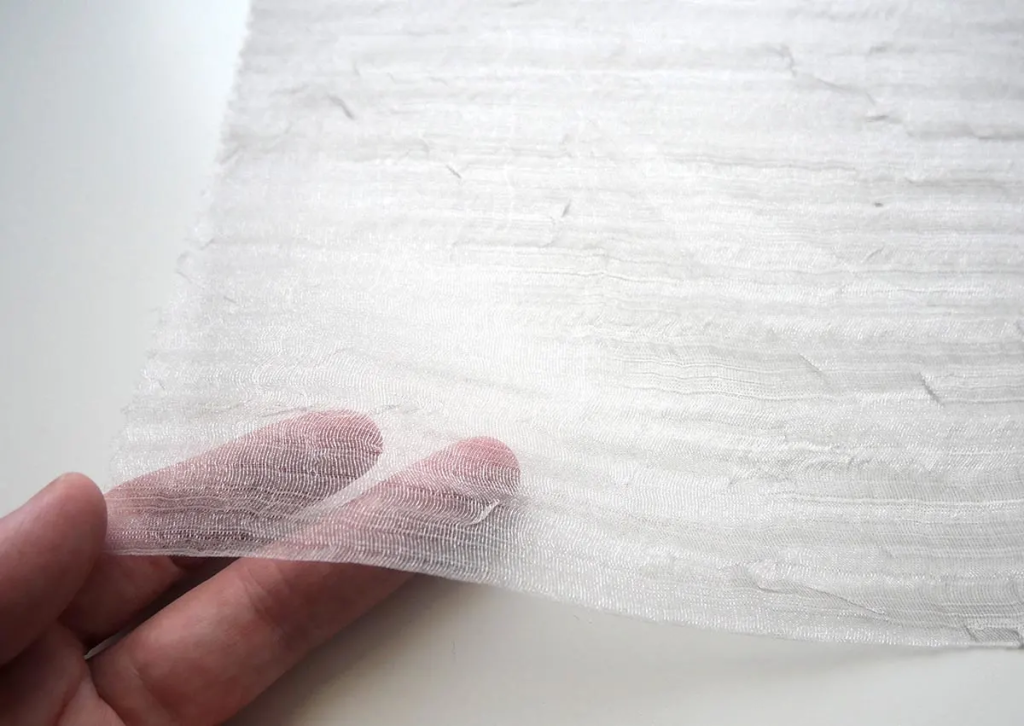Interfacing fabric is an essential however often overlooked component on the planet of stitching and garment construction. It acts as an essential backing, giving framework and help to fabrics, particularly those that may absence the required fat or firmness for certain projects. Whether you’re crafting a tailored blazer, a sensitive blouse, or even a quilted masterpiece, interfacing plays a critical role in elevating the general quality and toughness of the completed piece.
One of the primary features of interfacing is to prevent textiles from stretching or distorting through the sewing process. That is particularly important when working with lightweight or fine materials, ensuring that the ultimate outfit retains its intended shape. Interfacing could be applied to numerous places such as for instance collars, cuffs, and plackets, reinforcing these pieces for added stability.
Interfacing comes in different forms, including fusible and sew-in varieties. Fusible interfacing is applied by pressing, making a bond involving the interfacing and the cloth when heat is applied. Sew-in interfacing, on one other hand, is attached directly into the garment. The decision between the 2 is dependent upon the challenge needs, fabric type, and particular preference. Each kind of interfacing has their benefits, providing flexibility in software based on the desired outcome.
When selecting interfacing, considerations such as for instance weight, fibre content, and the intended utilization of the dress come into play. For light fabrics, a light interfacing is recommended in order to avoid putting unnecessary volume, while weightier materials may involve a sturdier interfacing to provide sufficient support. Also, interfacing is found in a variety of fibre compositions, including cotton, cotton, and blends, allowing for compatibility with a wide variety of fabrics.
Interfacing runs beyond the region of clothing, locating applications in quilting and house design projects. In quilting, interfacing can be utilized to support fabric for complicated models or to incorporate dimension to specific elements. When integrated into home design items like drapes or pillowcases, interfacing plays a role in the durability and professional end of the ultimate product.
Knowledge the nuances of interfacing software is essential for reaching professional effects in sewing projects. The process involves careful chopping and position to make sure that the interfacing gives support wherever it’s needed without being visible from the outside. Appropriate software effects in a dress that not only appears polished but also maintains their shape and design over time.
Interfacing is a functional tool that enables for creative phrase in garment construction. Beyond their sensible operates, it may be strategically used to test out Interfacing Fabric , add ornamental components, or produce distinctive style features. The unseen nature of interfacing belies its significant impact on the general visual and endurance of the finished bit, making it a behind-the-scenes hero in the artwork of sewing.

In conclusion, interfacing material is a quiet hero on the planet of sewing, offering crucial support and design to clothes and projects. Their role in stabilizing materials, stopping distortion, and improving over all quality can’t be overstated. Whether you’re a veteran seamstress or a novice, knowledge the diverse purposes and kinds of interfacing opens up an environment of possibilities for elevating your stitching creations to new heights.